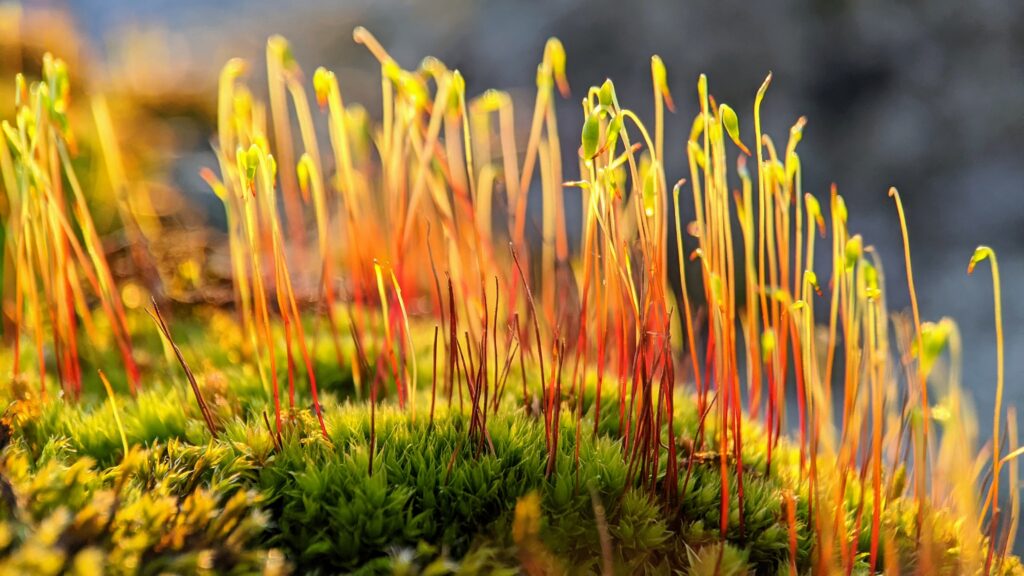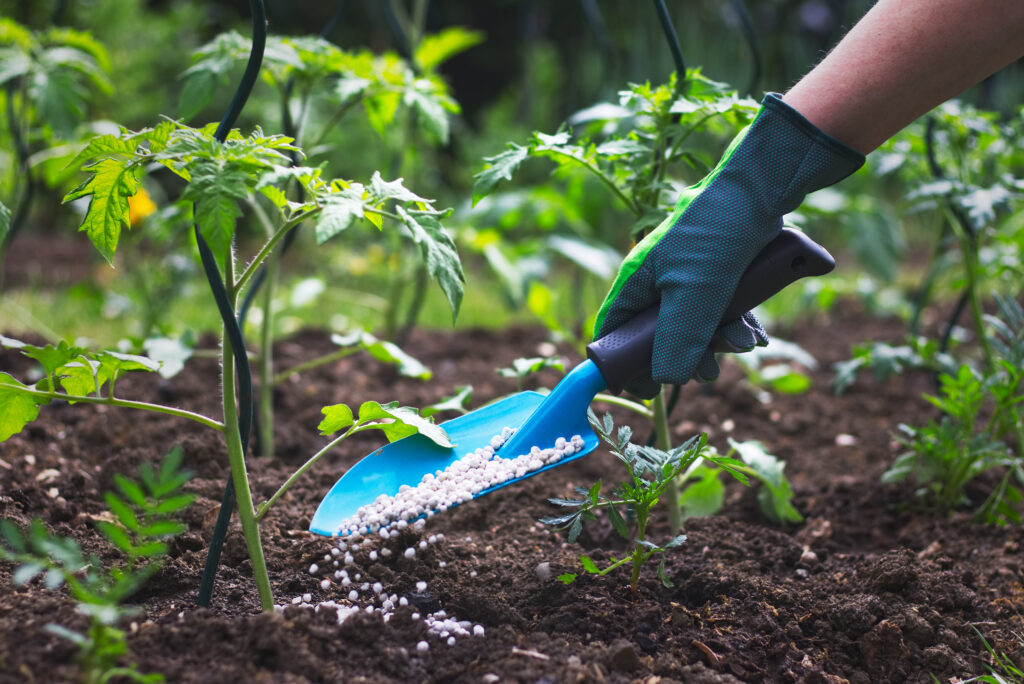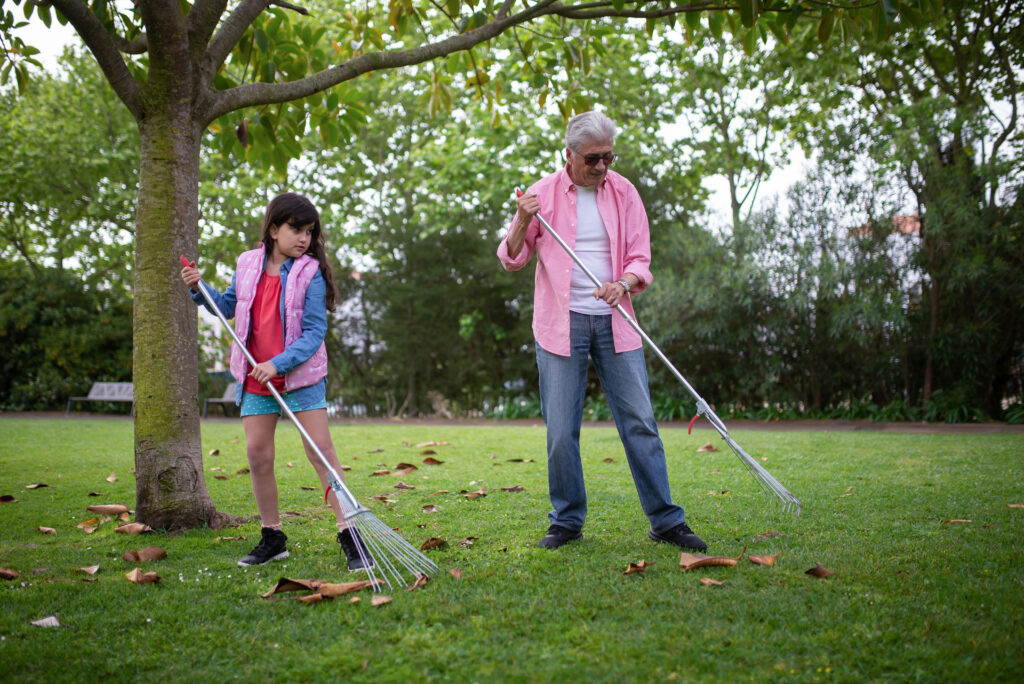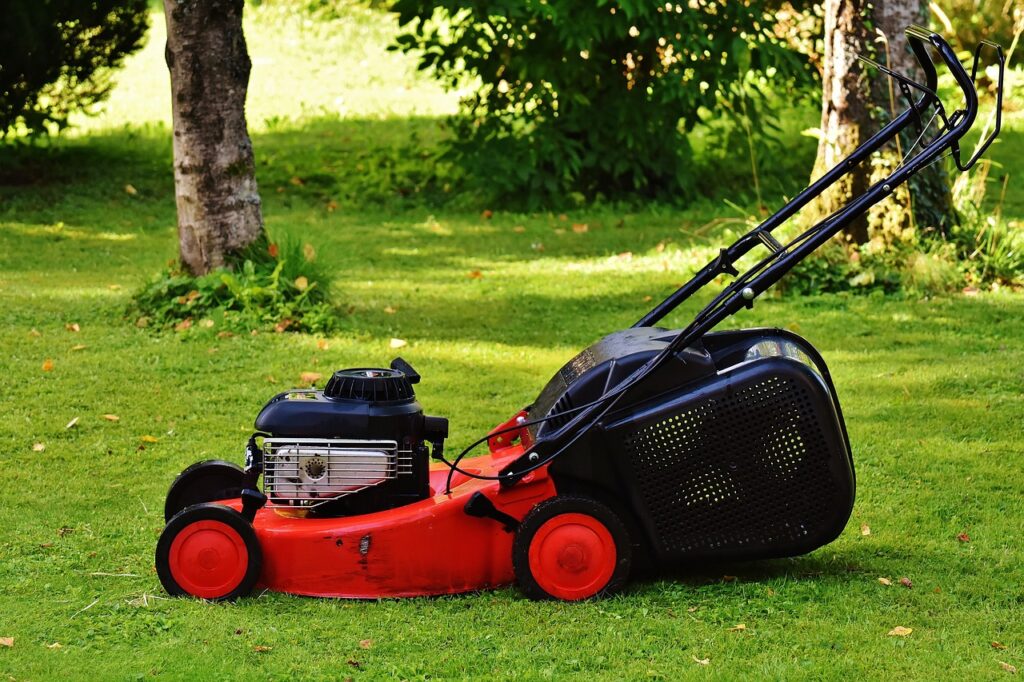Essential Fall Lawn Care Tips for a Lush Spring Garden

Fall might be synonymous with the hues of fallen leaves and the crispness in the air, but it’s also a critical time for lawn maintenance. As we transition from the warmth of summer to the cold grip of winter, specific lawn care steps taken during the autumn months can determine the health and beauty of your grass come spring. Let’s explore the essential measures to embrace to ensure a green and vibrant lawn.
Eliminate Weeds and Dead Plants

Weeds, prevalent in summer, continue to grow throughout various seasons. As the autumn chill sets in, addressing these intruders is crucial. Clearing them and other dead or dying plants ensures healthier soil. This process conserves vital nutrients, creating an environment conducive to desired plants. Moreover, a diligent fall cleanup sets a solid foundation, deterring the proliferation of weeds in the upcoming seasons.
Prioritize Hydration

The dip in temperature during fall might suggest reduced lawn hydration needs, but this isn’t the case. Fall is a pivotal phase, bridging summer’s aftermath and winter’s onset. Maintaining a watering regimen is vital, targeting roughly an inch of water weekly. Adjustments based on rainfall can optimize moisture levels. As winter nears and freezing temperatures become imminent, pausing watering is essential, ensuring the lawn’s well-being.
Minimize Fire Hazards

While some plants enhance the aesthetics of your garden, they might harbor potential risks. Several species contain oils that can be flammable. Especially in regions where wildfires are common, evaluating your garden’s flora during fall is imperative. Safeguarding your home and environment by removing or replacing such plants can be vital to ensure safety, particularly as dry autumn winds can escalate fire risks.
Nourish with Fertilizer

Surface-level observations suggest grass growth is waning during fall. However, beneath the ground, there’s a hive of activity. Root systems are preparing for winter and banking on the nutrients provided now. Leveraging a balanced, slow-release fertilizer in the fall can bolster root depth and strength. Such nourishment aids in nutrient storage, priming your lawn for a robust and verdant re-emergence when spring arrives.
Plant Seeds as Needed

While spring is heralded as the season of bloom, the preparations often begin in fall. Many plants, primed to blossom in spring, have their genesis rooted in autumn sowing. Leveraging the moderate fall temperatures, you can address gaps or barren patches in your lawn. The proactive seeding approach can ensure a more vibrant garden in the subsequent months. And should there be any hiccups in germination during fall, spring offers a second shot at perfection.
Rake Consistently

The cascade of leaves and pine needles characterizes fall. While these natural elements paint a picturesque landscape, they can hinder lawn health if left unchecked. Beyond aesthetic concerns, dense layers of fallen foliage can obstruct sunlight, retain unwanted moisture, and become havens for pests. A consistent raking routine can combat these challenges, preserving the lawn’s health and pristine appearance.
Dethatch

Thatch, a mesh of dead grass, roots, and other organic remnants, can accumulate over time. This dense layer can be a significant barrier to the essential trifecta of lawn health: water, air, and nutrients. Addressing this through dethatching, especially in the fall, can rejuvenate your lawn. Pair this with aeration, a process that introduces small perforations in the soil. This duo of dethatching and aeration revitalizes the soil, promoting better nutrient absorption and overall lawn health.
Adjust Mowing Height

The shift from summer to fall brings with it a change in lawn care strategy. As the days get shorter and cooler, your grass responds by altering its growth rate. During this period, mowing your lawn a tad shorter than during the scorching summer months is advisable. This adjustment prevents potential issues like grass matting and mold growth. However, as you notice the growth stagnating with the intensifying cold, it’s a cue to store away the mower until spring’s warmth beckons.
While summer may steal the limelight regarding garden vibrancy, the groundwork is often laid in fall. By adhering to these autumnal lawn care steps, you’re setting the stage for a lawn that survives the winter and thrives come spring.